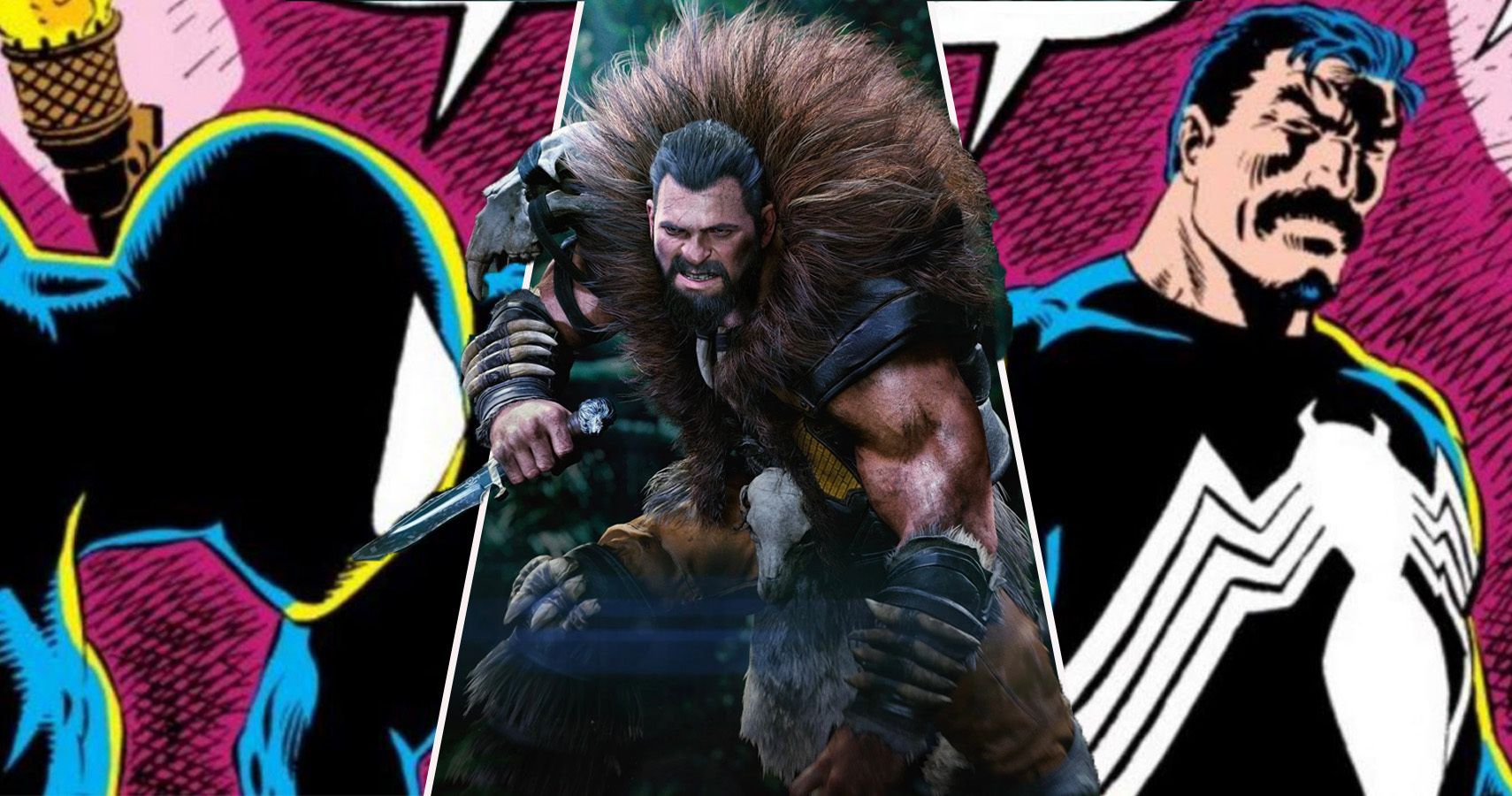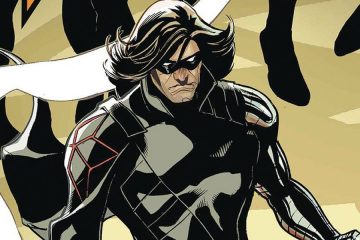Following Insomniac’s much-anticipated Marvel’s Spider-Man 2, fans are eager to see the roster of new villains that this game promises to deliver. Much excitement exists around the inclusion of Kraven the Hunter, depicted in-game as the leader of a faction of mercenaries called the “Hunters.” While Kraven is now regarded as a fan-favorite, it hasn’t always been this way. First appearing in Stan Lee and Steve Ditko’s The Amazing Spider-Man #15 in 1964, the antagonist was less menacing than something of a joke. A Tarzan-esque big game hunter pursuing the biggest game of all (in his eyes, Spider-Man), Kraven’s power set was underwhelming, his costume ludicrous, and his motives flimsy at best. Even after appearing as a member of Doctor Octopus’s original iteration of the Sinister Six in Lee and Ditko’s The Amazing Spider-Man Annual #1, the villain failed to present himself as a substantial threat.All this was turned on its head following the 1987 release of J.M. DeMatteis and Mike Zeck’s Kraven’s Last Hunt. Spanning The Amazing Spider-Man and its sister titles, the arc seemingly came out of nowhere. Gone was the quip-a-minute Spider-Man, as was the ridicule prone Kraven the Hunter of tales past. DeMatteis provided a Gothic, cerebral, and deeply atmospheric story that portrayed Spider-Man at his most vulnerable and painted Kraven in a sinister light that many fans thought impossible before. The great irony is that editors would never have allowed DeMatteis to utilize a more established, popular villain in such a way, given Kraven’s fate come the arc’s dramatic conclusion. Free of editorial restraint, however, DeMatteis provided the villain’s defining arc and constructed the greatest Spider-Man story ever told. Surprisingly, Kraven’s Last Hunt boasts a limited legacy, but this is part of the story’s unique strength.Upon release, Kraven’s Last Hunt was unique within the Spider-Man canon. The story was unabashedly intellectual, liberally quoting visionary Romantic poet William Blake throughout, to menacing effect. The usual glossy sheen of New York was abandoned for a Gothic city of lashing rain, thunderclaps, and sheets of lightning. Ghosts, imposing mansions, and cemeteries all took prominence, and there was a cannibalistic monster on the loose in the sewers, courtesy of Vermin. Interestingly, Kraven’s Last Hunt was initially intended as a Batman story, but DC’s editorial team passed it up for fear of similarities with Alan Moore and Brian Bolland’s The Killing Joke, which was in development at the time. However, rather than a coup de sort, this rejection ultimately leant DeMatteis’ tale much of its power. What would have been another routine foray into the Gothic within the pages of Batman proved a unique and unexpected thriller in The Amazing Spider-Man.RELATED: The MCU Has the Chance To Deliver The Greatest Spider-Man TrilogyRELATED: Spider-Man: No Way Home Writers Reveal Why Kraven the Hunter Wasn’t Used
Following Insomniac’s much-anticipated Marvel’s Spider-Man 2, fans are eager to see the roster of new villains that this game promises to deliver. Much excitement exists around the inclusion of Kraven the Hunter, depicted in-game as the leader of a faction of mercenaries called the “Hunters.” While Kraven is now regarded as a fan-favorite, it hasn’t always been this way. First appearing in Stan Lee and Steve Ditko’s The Amazing Spider-Man #15 in 1964, the antagonist was less menacing than something of a joke. A Tarzan-esque big game hunter pursuing the biggest game of all (in his eyes, Spider-Man), Kraven’s power set was underwhelming, his costume ludicrous, and his motives flimsy at best. Even after appearing as a member of Doctor Octopus’s original iteration of the Sinister Six in Lee and Ditko’s The Amazing Spider-Man Annual #1, the villain failed to present himself as a substantial threat.
All this was turned on its head following the 1987 release of J.M. DeMatteis and Mike Zeck’s Kraven’s Last Hunt. Spanning The Amazing Spider-Man and its sister titles, the arc seemingly came out of nowhere. Gone was the quip-a-minute Spider-Man, as was the ridicule prone Kraven the Hunter of tales past. DeMatteis provided a Gothic, cerebral, and deeply atmospheric story that portrayed Spider-Man at his most vulnerable and painted Kraven in a sinister light that many fans thought impossible before. The great irony is that editors would never have allowed DeMatteis to utilize a more established, popular villain in such a way, given Kraven’s fate come the arc’s dramatic conclusion. Free of editorial restraint, however, DeMatteis provided the villain’s defining arc and constructed the greatest Spider-Man story ever told. Surprisingly, Kraven’s Last Hunt boasts a limited legacy, but this is part of the story’s unique strength.
Upon release, Kraven’s Last Hunt was unique within the Spider-Man canon. The story was unabashedly intellectual, liberally quoting visionary Romantic poet William Blake throughout, to menacing effect. The usual glossy sheen of New York was abandoned for a Gothic city of lashing rain, thunderclaps, and sheets of lightning. Ghosts, imposing mansions, and cemeteries all took prominence, and there was a cannibalistic monster on the loose in the sewers, courtesy of Vermin. Interestingly, Kraven’s Last Hunt was initially intended as a Batman story, but DC’s editorial team passed it up for fear of similarities with Alan Moore and Brian Bolland’s The Killing Joke, which was in development at the time. However, rather than a coup de sort, this rejection ultimately leant DeMatteis’ tale much of its power. What would have been another routine foray into the Gothic within the pages of Batman proved a unique and unexpected thriller in The Amazing Spider-Man.
#Surprising #Legacy #Kravens #Hunt
Note:- (Not all news on the site expresses the point of view of the site, but we transmit this news automatically and translate it through programmatic technology on the site and not from a human editor. The content is auto-generated from a syndicated feed.))



